How to become a New York City stargazer (light pollution and all)
“It's not hopeless. You can see a lot more than you think.”

At an Amateur Astronomers Association event at Brooklyn’s Floyd Bennett Field in early February, a handful of stargazers huddled in a secluded lot fiddling with a telescope, fighting overcast weather and the cold.
Forecasts said it wasn’t a great night for viewing, but that didn’t stop big-time enthusiasts such as Tommy Evangelist, the assistant principal of physical science at Brooklyn Tech who began stargazing at four years old. (“My dad said ‘here are binoculars, look up,’ ” he said.)
Several times a month, Evangelist brings some of his arsenal of stargazing devices to AAA events, observing himself and teaching visitors how to do it.
Evangelist called the assertion that you can’t see stars in the five boroughs “a crock.”
“You can see everything you need with the right skillset,” he said.
To prove his point, he showed off a piece of astrophotography he was able to capture that night despite the less-than-ideal conditions: a sharp detailed image of the Orion Nebula, about 1,500 light years away.
Looking up at the night sky with the naked eye, New Yorkers are seldom rewarded with anything beyond the moon, a few scattered stars and a 737 coming into JFK from Denver. Light pollution brought on by the city’s skyline, obstructed views and moisture in the air make it difficult, and sometimes nearly impossible, to see anything interesting.
However, in the right location, with the right conditions and tools, anyone can gaze into the cosmos and see stars, planets, galaxies and other celestial bodies clear as day. Here in the city, some people do it regularly, and a few of them are looking to take stargazing to the next level with the construction of the first public observatories in the city’s history.
Coming soon: New York’s first observatories
You might think that New York City has everything a city can offer: gorgeous parks, the best food in the world, theater, art and science. It just so happens that NYC doesn’t have one thing that plenty of American cities big and small often have: A public observatory.
Los Angeles has the famous Griffith Observatory, Baltimore has one, Cincinnati has a public observatory dating back nearly 180 years, but New York City has never had one of its own. (There are private observatories, like the one at Columbia University, but nothing public.)
Years of stops and starts on building one were derailed by everything from economic recessions to the Civil War, with no plan ever coming to fruition.
But now that is finally about to change: there are two separate – yet cooperating – projects to take NYC to a new frontier, to boldly go where no New Yorker has gone before.

One project is run by the Amatuer Astronomers Association, a nearly century-old organization with around 600 members dedicated to stargazing and astronomy in a city not known for its nighttime views.
The project’s goal is to erect a small, 12-foot tall, 6-foot wide dome (pictured above) at Harris Park directly across the street from the Bronx High School of Science.
“We're putting in a pretty damn nice telescope, and it will be research capable,” said Bart Fried, the group’s executive vice president. “It's a two-sided project, we want our members to use it, and they'll have access to it, and we want the public to use it.”
The AAA observatory is currently dealing with the unwieldiness of the New York City bureaucratic process, dealing with the Parks Department, DOE and other agencies.
The second, bigger observatory project, which New Yorkers can expect in 2025 or 2026, is five times the size of AAA’s and could drastically change how New Yorkers see the night sky. It will be built on the roof of Pioneer Works, an art and science non-profit in Red Hook, Brooklyn.
The dream of a public observatory at Pioneer Works has long found a home in the mind of the nonprofit’s director of science, Janna Levin, an astrophysicist by trade, who teaches at Barnard and Columbia.
“We were talking about a little observatory we were just going to stick in the garden very early on, in like 2014,” she said inside the Pioneer Works building, which is temporarily closed for construction ahead of the observatory project. “Then the ideas started getting bigger and expanding, we started talking about putting it on the roof, which just seemed like madness.”

The idea began to seem a little less mad in 2017, when the solar eclipse in August brought 4,000 people to a Pioneer Works viewing event.
“That's when I was like, ‘Oh, this is serious,’ ” Levin said. “The observatory is going to be serious and people are going to care.”
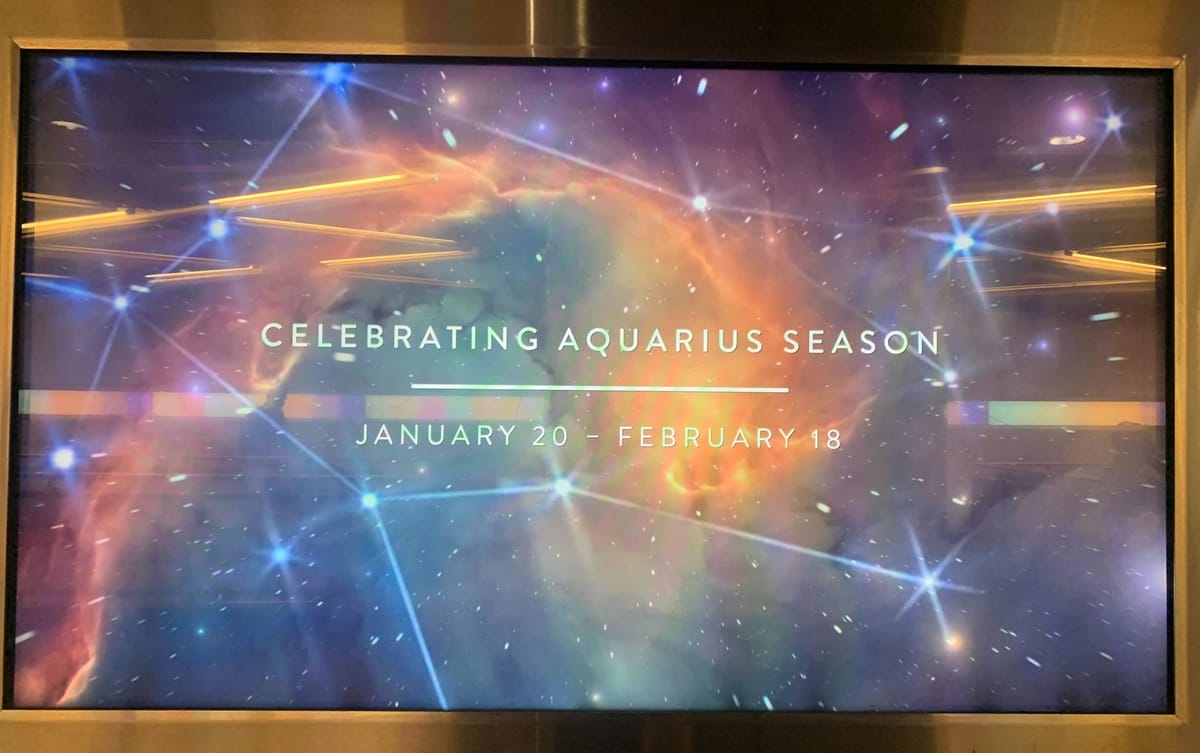
The plan for the observatory is a 30-foot dome on the third-floor roof of Pioneer Works, a view overlooking the Red Hook ferry dock and the downtown Manhattan skyline.
Although there will be other smaller telescopes available for use at the observatory, the jewel in the crown will be a 12.5-inch telescope built in 1895.This is where the AAA’s Fried — and his expertise in antique telescopes — comes in.
He found the telescope rotting away, left by an old astronomy club in Ohio that went defunct. Fried tracked down the antique, went to Ohio to check it out and clean it – removing dust and literal bats – at the request of Levin.
“The conservatory is going to be serious and people are going to care.”
“I was very partial to antiques … I think a lot of it is about romance,” she said. “It's about connection to the past.”
Both AAA and Pioneer Works hope to host classes and other informational events. In the past, Pioneer Works would host stargazing sessions in their garden, including a recurring event with AAA where viewers could observe the sun through a telescope.
Levin has plans for observing sunspots, far-off star systems and planets and observing and sketching lunar features while measuring their heights from the length of their shadows. She also hopes to combine much of Pioneer Works art side in as well in the 200 person capacity space.
For more of an idea on what New York’s observatories of the future may be able to do, check out Cincinnati's public observatory, which holds observing events, family astronomy nights and a “romantic” late night observing program from couples (although singles are welcome).
“We really want to educate and say to people that, in fact, yes, you can see things if you do take the time to look up,” Fried said. “We get mobs of people all the time. So why wouldn't we want to have a place where we can bring the students and community groups?”
How to stargaze on your own while you wait for the observatories
If you can’t quite wait for the observatories, and want a chance to enjoy and appreciate all of the stargazing NYC has to offer, then there are plenty of options available to you.

Join the AAA
The best and easiest way to truly appreciate the night sky in New York City is to check out the AAA, or at least join their stargazing events, which are free to attend, and do not require you to own a telescope.
“It's like-minded people," Fried said, "that really have, in many ways, nowhere else to turn when they're deeply interested in the universe and astronomy and things that they can see in the night sky but don't know where to go.”
AAA is open for membership, which has perks: members-only events and the ability to borrow telescopes. (Membership starts at $40 for the year, $60 for couples and $75 for families). This year, they have planned events at Floyd Bennett Field in Brooklyn, Great Kills Park in Staten Island, Fort Greene in Brooklyn and Manhattan’s High Line.
Those locations, as well as Fort Tryon in Manhattan, provide the best seclusion and lines of sight, making them the best places to see stars in the city, according to the astronomers.
“It's not hopeless,” Fried said. “You can see a lot more than you think.”
Know when to go
AAA says the best time to go stargazing is the fall, around October and November, when the mild temperatures and long nights provide plenty of time to observe — without the mosquitos.
You also need to keep an eye on the weather: the clearer the sky, the more you’ll see. Any overcast or clouds at all will hinder your ability to see the stars.
At a AAA event at Floyd Bennett Field in early February, even despite an overcast night, stargazers got a clear shot at the moon, and the Orion’s Belt and Jupiter (444 million miles from Earth) were bright and clearly identifiable.
You also want to keep an eye on the amount of moisture in the air, because more moisture means harsher light pollution.
Apps for the stars
There are also plenty of phone apps that help you track the night sky and find the locations of constellations and planets. Apps like SkyView – which has a free version and which allows you to hold your phone up to the sky to identify stars, planets and constellations you see in real time.
There is also Skymaps.com, which releases monthly sky guides to help you know what you can see. The first month is free, and the site has a ton of other resources available, and is recommended by the AAA.
Become a telescope collector
Although you can go the free route and tag along at AAA events – which the group encourages – you can also be like Evangelist, the middle school principal.
Evangelist says he has probably spent around $12,000 on telescopes, lenses and other stargazing and astrophotography equipment, and, if you want to follow his lead, he has some advice.
“Your first step is to get Sky and Telescope magazine,” he said. “This way you learn the sky a little bit. It's also important to get an app for your phone and just to start looking up and seeing what's out there.”
If you’re buying a telescope, he recommends not buying anything under $600, and choosing a reputable manufacturer.
“Then from there,” he said, “just go out and make mistakes.”
The Final Frontier
For the pioneers building the first observatories, interest in the stars is fundamental.
“It's so intuitive to me that it's almost like, ‘Why should we be interested in music? Why should York City be interested in having MoMA?’ ” Levin said.
She hopes, as does Fried, that they can encourage New Yorkers to take the time to look up.
“So your eye is here, in New York, here on the earth, and then you're like lifting your gaze to the sky. I mean, what continuity to realize that, okay, we're here, and we're connected with what's out there,” Levin said. “To me, it's like a beacon, both in the sense of calling people here to come look at the sky, but also in the sense of receiving messages from space, which is really what we're doing.”
You can donate to Pioneer Works’ observatory building efforts here.

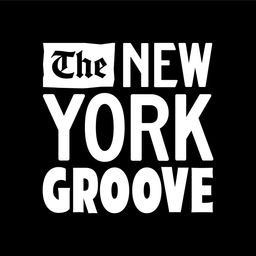
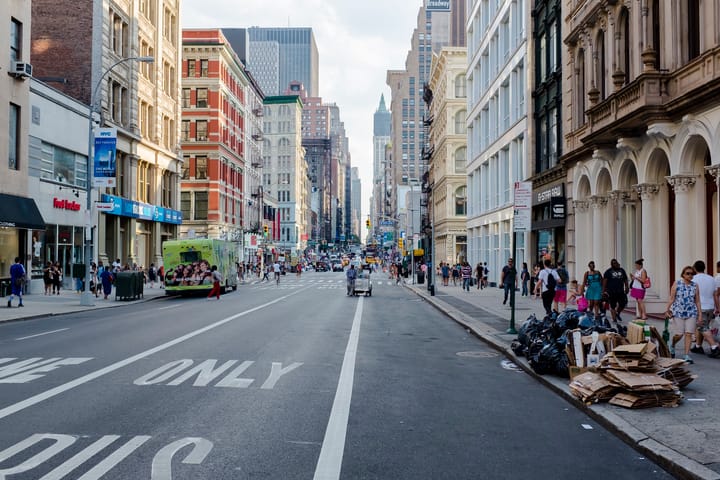
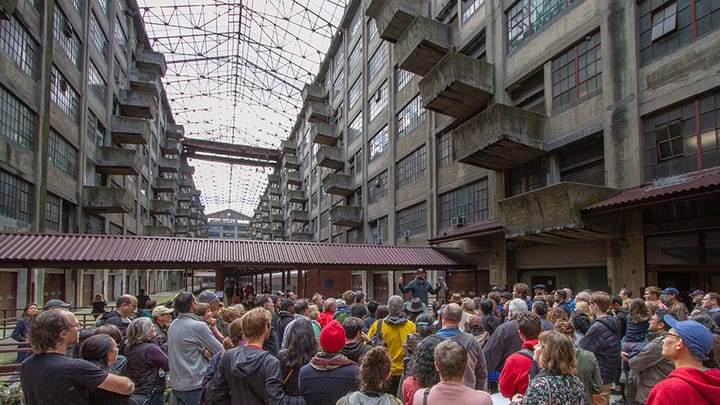
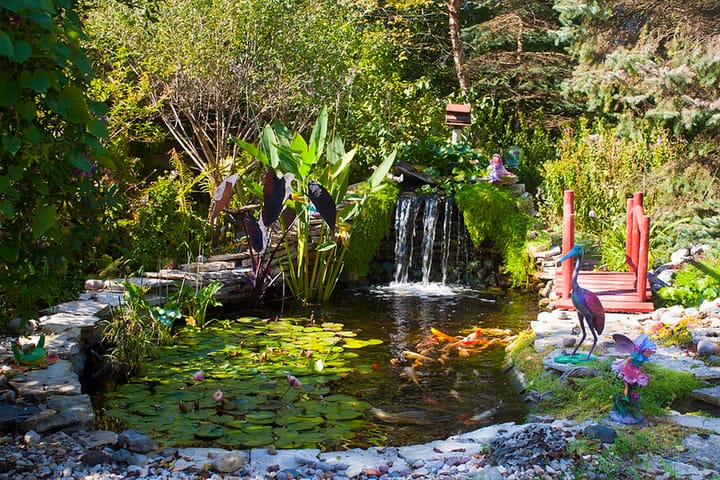
Comments ()